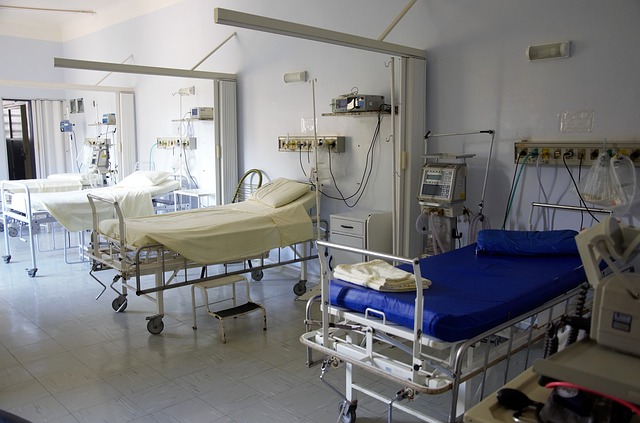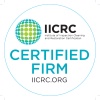 There are typically a unique set of issues that arise when performing remediation and restoration in hospitals. There are many needs that should be taken into account, including:
There are typically a unique set of issues that arise when performing remediation and restoration in hospitals. There are many needs that should be taken into account, including:
- Risk management
- Procedure scheduling
- Safety and health of occupants
- Redirection of occupants
- Available space
There are special considerations anytime a restoration involves the housing of a multitude of residents, but it’s important to remember that nearly all of the occupants in a hospital are at risk in some way.
Damage Control is an experienced restoration contractor who has worked in many hospital settings such as:
- Pediatric intensive care unit
- Bone marrow transplant unit
- Operating rooms
- Neonatal intensive care unit
- Patient rooms and more
The safety and health of the patients and those performing the remediation are always our highest priority. In order to maintain the highest safety standards and perform efficiently, every project is carefully evaluated using a similar protocol.
- We identify the water source and eliminate it.
- We document and map the boundaries of the water.
- We remove items that cannot be saved or protect them with the appropriate covering.
- Under controlled conditions, materials that can’t be dried with a 48 hour period are removed, with some exceptions. These items are stored and sealed in bags and HEPA vacuumed before prior to being removed.
- We remove carpet that is still wet after the first 48 hours and we also remove carpet that could potentially cause environmental issues.
- We use HEPA vacuums and clean with a mild detergent solution.
- We consult with Infection Control to find out what they’re preferred brand of hospital grade cleaner and avoid bleach because of odor problems and its corrosive nature.
- We always present the Material Safety Data Sheet to Risk Management or Infection Control to obtain written permission for usage. In some instances the hospital staff may apply their preferred brand.
- To avoid tracking we use tack mats.
For additional information on hospital restoration procedures, look for the upcoming post, Issues with Restoration in Hospitals – Part Two, or contact a Damage Control consultant today.
